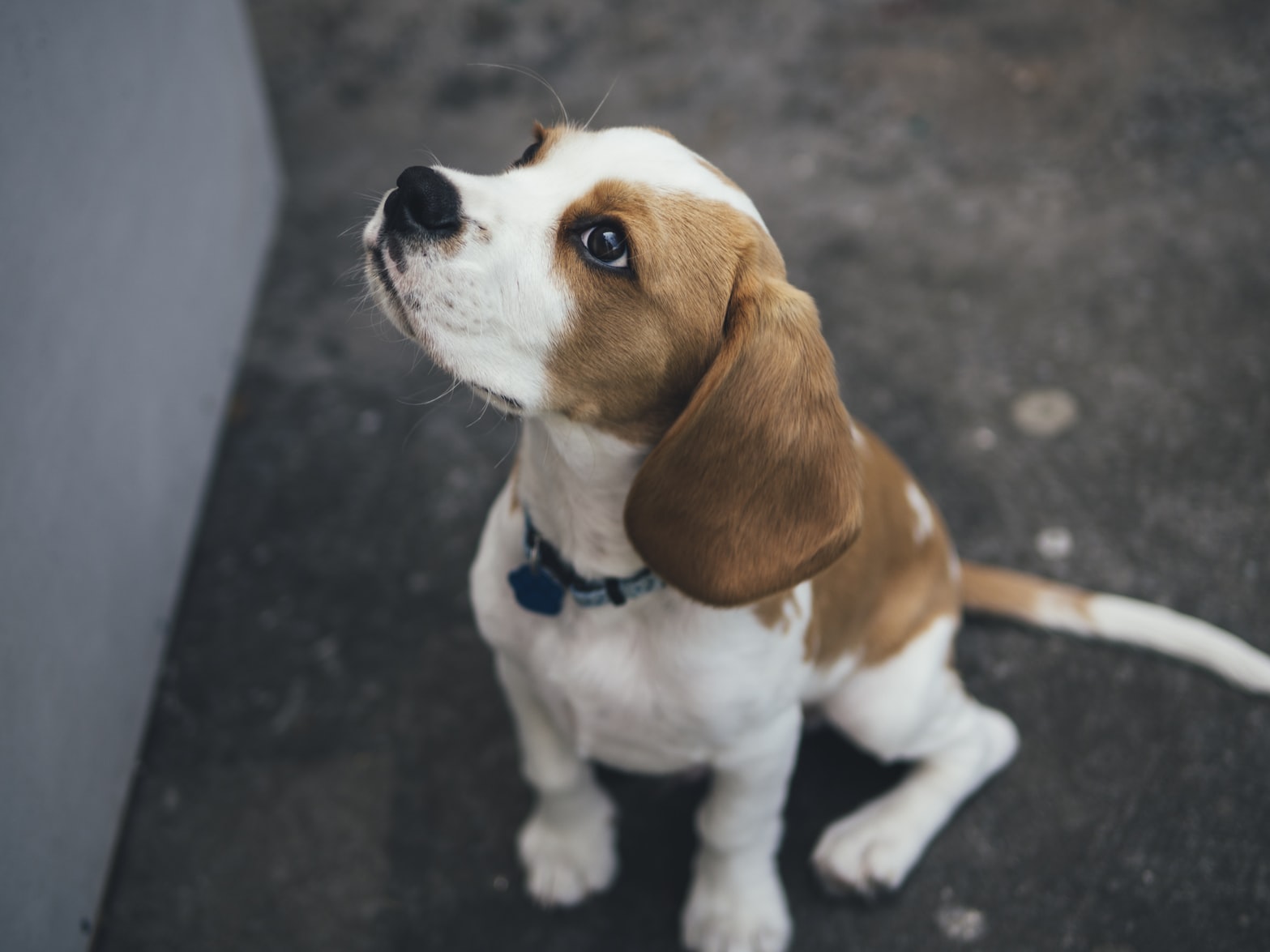
Handling Separation Anxiety After Lockdown Ends
While the COVID-19 pandemic has forced many of us to spend most of our time indoors and at home, our pets are certainly not complaining. Dogs that were used to only seeing their owners and beloved human family members early morning and after work have adjusted to a new schedule of 24/7 connection. More love, pets, cuddles and fun are something that your dog has gotten quite accustomed to. While social distancing and quarantine begin measures lift, you and your family are probably eager to get back to your normal schedules. Who is not ready? That's right - your dog.
A sudden, abrupt change to a dog's schedule can cause behavioral problems as your pup doesn't understand why the changes have occurred. Separation anxiety is likely to occur when a dog who is now used to receiving attention 24/7 is left home alone for hours on end. So, while you and your family are eager to get back into the swing of things, it's important to remember that your dog may not understand what is going on (and why you are no longer petting him 8 hours a day). Make sure you take the time to help your dog adjust so that separation anxiety behaviors do not occur.
What is Separation Anxiety?
If your dog has never experienced separation anxiety before, you may not recognize it when it happens. Separation anxiety occurs when dogs that are left home alone for long periods of time become stressed and anxious. Behaviors that signify your dog is experiencing separation anxiety include:
- Excessive barking, whining and howling.
- Defecating or urinating inside the house.
- Chewing up furniture, windows or door frames.
- Self-inflicted injury, usually caused by a dog trying to unsuccessfully escape from the house.
While these symptoms may be mistaken for other behaviors like boredom or attention seeking, if they suddenly occur after your schedule returns to normal, separation anxiety is most likely the cause.
How to Prevent Separation Anxiety
Whether your schedule has already returned to normal or you are preparing to return to work soon, there are some ways you can prepare your pup for a change in his routine. The best way to prevent separation anxiety is to get your pup used to the idea of being home alone. We recommend leaving for short periods of time then slowly extending the length. The first time, leave your dog home alone for 30 minutes at most, then extend to 45 minutes, then an hour and so on. This will help your dog learn that you will come back and he doesn't have to fear being left home alone.
If you haven't had time to prepare your dog for a return to normalcy and he is exhibiting separation anxiety behaviors, there are some ways you can minimize his anxiety. A great way to keep your pet calm while you are gone is take him for a walk before you leave. Exercise will relieve your dog's energy, leaving him content and relaxed when you are gone. Additionally, you should leave some fun toys and a few treats out for your dog so he can stay occupied while you are away.
Another great way to keep your pet happy while you are gone is providing safe access to the outdoors. If your yard is safe and secure, a pet door prevents accidents in the house and allows your dog to get some fresh air. Utah Pet Access is your leading pet door installation professional. Contact us for a free quote!
